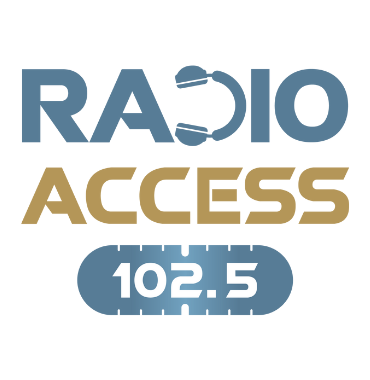Obscene broadcasts are prohibited at all times
Obscene material is not protected by the First Amendment to the Constitution and cannot be broadcast at any time. The Supreme Court has established that to be considered obscene, material must meet a three-pronged test:
- An average person, applying contemporary community standards, must find that the material, as a whole, appeals to the prurient interest.
- The material must depict or describe, in a patently offensive way, sexual conduct specifically defined by applicable law.
- The material, taken as a whole, must lack serious literary, artistic, political or scientific value.
Indecent broadcast restrictions
The Federal Communications Commission (FCC) has defined broadcast indecency as “language or material that, in context, depicts or describes, in terms patently offensive as measured by contemporary community standards for the broadcast medium, sexual or excretory organs or activities.” Indecent programming contains patently offensive sexual or excretory material that does not rise to the level of obscenity. The courts hold that indecent material is protected by the First Amendment and cannot be banned entirely. FCC rules prohibit indecent speech on broadcast radio and television between 6 a.m. and 10 p.m., when there is reasonable risk that children may be in the audience.
Profane broadcast restrictions
The FCC defines profanity as “including language so grossly offensive to members of the public who actually hear it as to amount to a nuisance.” Like indecency, profane speech is prohibited on broadcast radio and television between the hours of 6 a.m. and 10 p.m.
